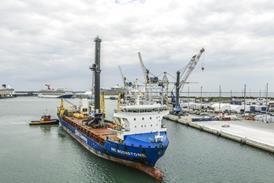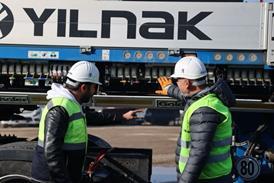Tackling battery fire risks head-on

The transport of lithium-ion batteries poses unique fire risks for the marine shipping sector. Fires can be difficult to extinguish, burn at extremely high temperatures, generate flammable and toxic gases, and may reignite even after being seemingly controlled. A spate of high-profile vessel fires involving electric vehicles (EV) has highlighted the urgent need for effective mitigation strategies. In response, classification societies, manufacturers and shipping lines are taking steps to address the issue.
The transport of lithium-ion batteries pose unique fire risks for the marine shipping sector. Fires can be difficult to extinguish, burn at extremely high temperatures, generate flammable and toxic gases, and may reignite even after being seemingly controlled. A spate of high-profile vessel fires involving EVs has highlighted the urgent need for effective mitigation strategies. In response, classification societies, manufacturers, and shipping lines are taking decisive steps to address the issue.
Runaway EV fires can reach temperatures of 650°C (1,200°F) or higher and present unprecedented safety challenges to vessels, cargo and crew.
To better understand the hazards, American Bureau of Shipping (ABS) has developed advanced simulation modelling of thermal runaway in lithium-ion battery fires, which has been validated with Texas A&M University research. It replicates the thermal runaway profile at the battery cell level, something that ABS said can unlock detailed insight into the total heat released and guiding the appropriate firefighting response.
Keep up to date on the latest information on over-dimensional and heavy cargoes.










